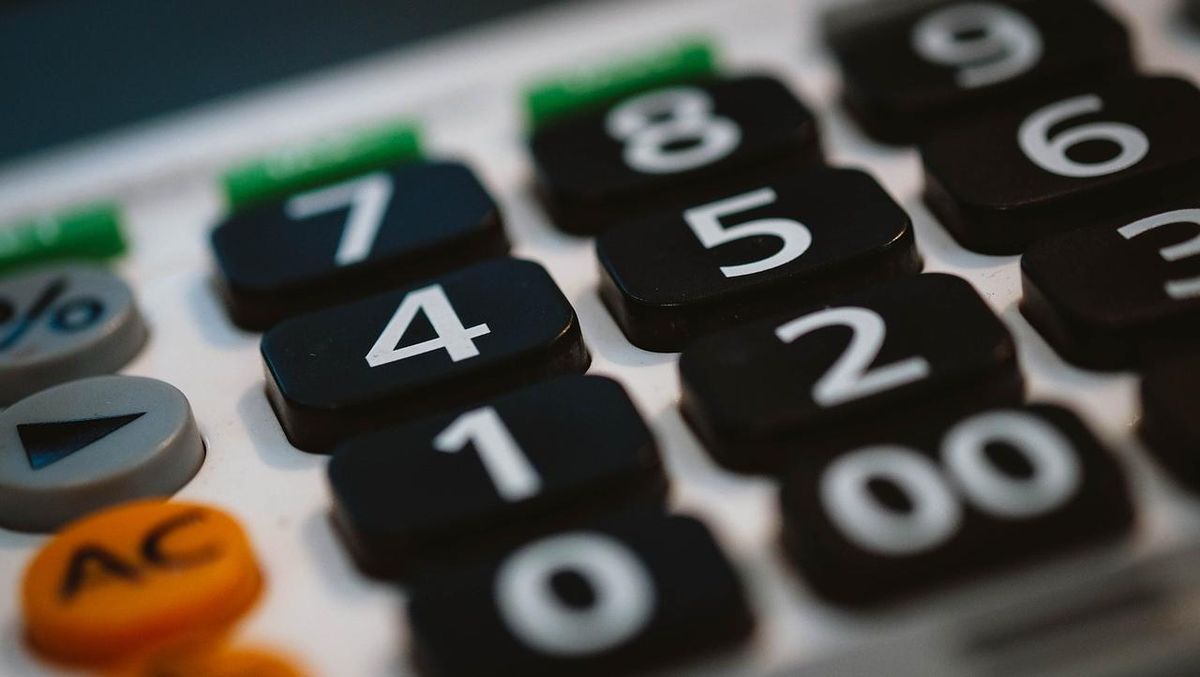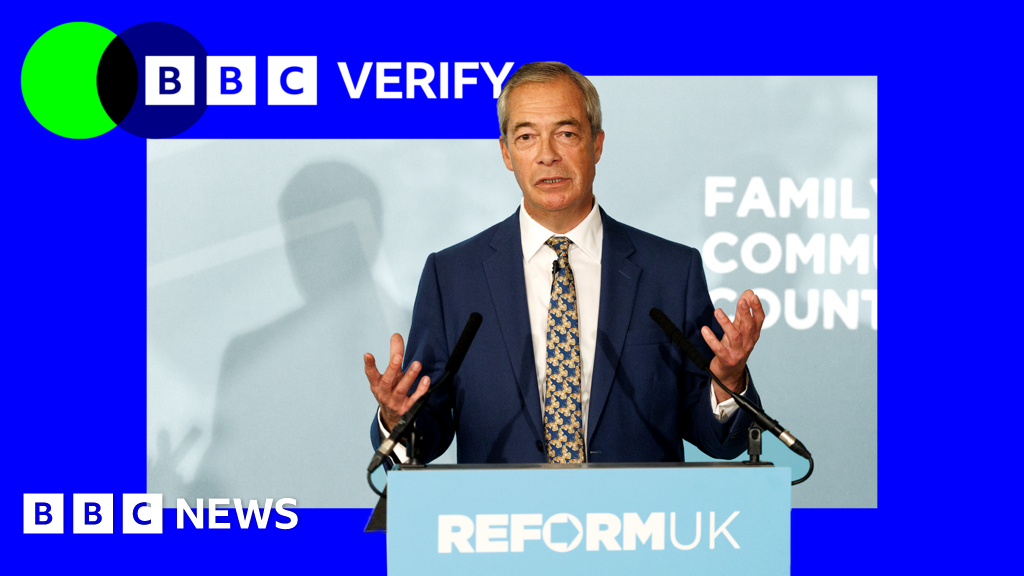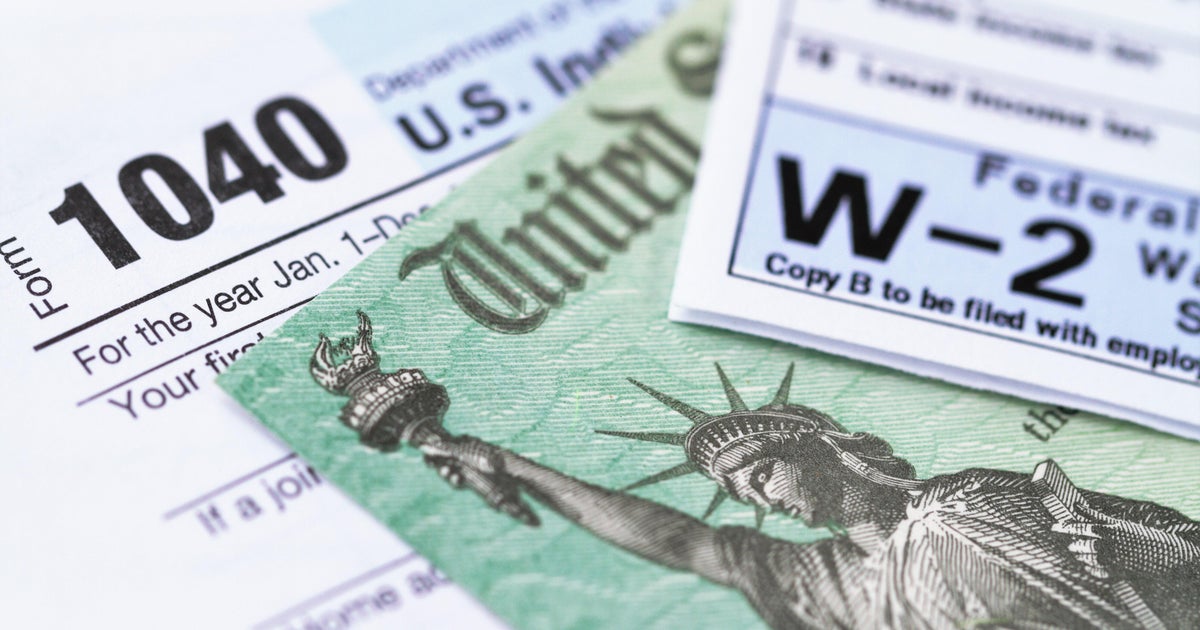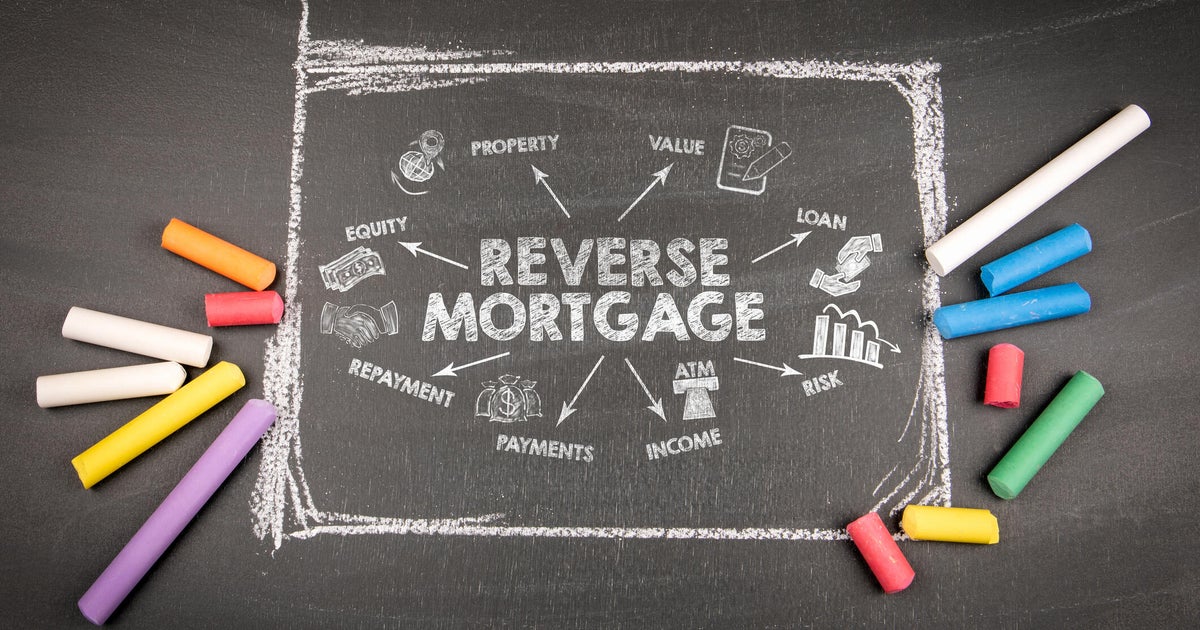Opinion
October 14, 2025 — 12.46pm
October 14, 2025 — 12.46pm
Two years ago, Treasurer Jim Chalmers unveiled what quickly became the most controversial proposal in the history of superannuation – a new tax on members whose balances exceeded $3 million.
The plan was for a 15 per cent tax to be levied on the increase in a member’s total super balance from July 1, 2025 to June 30, 2026, after adjusting for contributions and withdrawals.

Treasurer Jim Chalmers is hoping the new superannuation taxes will help bolster the budget.Credit: Alex Ellinghausen
The problem was that the calculation was to include unrealised gains – paper increases in the value of assets that hadn’t actually been sold or turned into cash. In other words, people could have been taxed on profits that didn’t exist.
To make matters worse, the $3 million threshold was not going to be indexed, meaning that over time, as inflation pushed up super balances, more and more Australians would have been dragged into the net.
The proposal to tax profits that had never happened caused a furore, and the natural reaction of many readers who wrote to me was along the lines of, “If they can tax us on unrealised gains on assets inside superannuation, you can bet the next step will be to tax us on unrealised gains in our investment properties outside super.”
Opposition came from all quarters – business leaders, super fund members, and even Labor stalwarts such as Paul Keating and Bill Kelty. More recently, the word from Canberra is that many senior Labor figures have been lobbying the prime minister himself.
Treasury’s rationale was taxing these large balances would be a useful source of extra revenue. But the assumptions are questionable.
All that pressure worked. On Monday, Treasurer Chalmers announced major changes to the proposal. Under the revised plan, the tax will apply only to realised earnings — actual income received by the fund such as interest, dividends, rent, and capital gains from assets that have been sold.
If your total super balance is above $3 million, the Australian Taxation Office will contact your fund or funds to determine your share of these realised earnings. The ATO will then apply a tax rate of 15 per cent on balances between $3 million and $10 million, and 25 per cent on balances above $10 million.
Importantly, both the $3 million and $10 million thresholds will now be indexed in line with the Consumer Price Index. These new rates will apply in addition to the normal concessional rate of 15 per cent already paid by the fund on its taxable income.
Unfortunately, many headlines gave a false picture of what was proposed, claiming there would be a 30 per cent tax on balances over $3 million and 40 per cent on balances over $10 million.
In reality, super funds pay zero tax on members in pension mode and 15 per cent tax on earnings in accumulation. The proposal is for an additional 15 per cent on the earnings from balances above $3 million and 25 per cent on those above $10 million.
But it’s wrong to describe it as a 30 per cent tax. For example, if a member had a balance of $4 million, only a quarter of their fund would be above the new threshold, and only 25 per cent of the earnings on that portion would be liable to the new tax.
The rationale behind these changes was that it was not fair for people to have such large balances in superannuation, and that taxing them would be a useful source of extra revenue. But as with so many Treasury forecasts, the assumptions are questionable.
The only reason people have large balances in super is that they took advantage of generous rules that existed many years ago. Since then, major restrictions on contributions have been introduced, and unless you pick some extraordinary share that skyrockets in value, you’d struggle to even reach $3 million.
Loading
Do the sums: non-concessional contributions – those made from after-tax dollars – are limited to $120,000 a year, and once your super balance reaches $2 million, you can’t make any more of them.
Moreover, high-income earners – those earning more than $250,000 a year – are hit with a 30 per cent contributions tax. That means the $30,000 they can put into super as a tax deduction effectively drops to $21,000.
And here’s the kicker: the people with these large balances are now mostly in their seventies or eighties. Given that a superannuation member can leave only about $2 million to a beneficiary when they die, there’s likely to be a huge withdrawal of funds as these members pass on. Super funds will then be forced to sell assets to fund those payouts – and pay capital gains tax in the process.
I don’t accept Treasurer Chalmers’ assertion that the changes will cost Australia $4 billion in tax. All the tax on unrealised gains would have done is bring forward tax that will be paid naturally over the next decade anyway.
If your super balance is below $3 million, you won’t be affected by these changes. But if your balance is above the threshold, or likely to exceed it, it would be wise to speak to your adviser well before June 2026 to understand your position and plan for any potential impact.
Given that the tax applies mainly to self-managed superannuation funds, it may be worthwhile replacing some assets in the current financial year to take advantage of a lower rate of capital gains tax.
Noel Whittaker is author of Retirement Made Simple and other books on personal finance. Questions to: [email protected]
- Advice given in this article is general in nature and is not intended to influence readers’ decisions about investing or financial products. They should always seek their own professional advice that takes into account their own personal circumstances before making any financial decisions.
Most Viewed in Money
Loading


















































